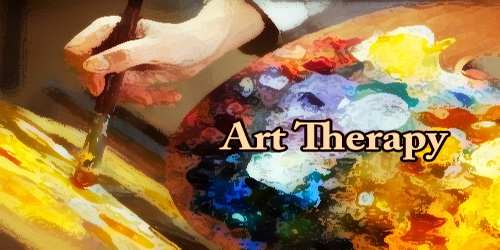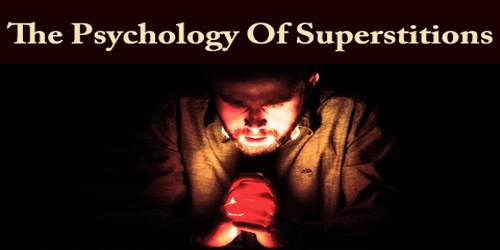Art therapy may be a variety of expressive therapy that uses the creative process of constructing art to boost a person’s physical, mental, and emotional well-being. It’s a definite discipline that includes creative methods of expression through visual art media. Art therapy, as an imaginative arts therapy profession, originated within the fields of art and psychotherapy and will vary in definition.
With the guidance of a credentialed art therapist, clients can “decode” the nonverbal messages, symbols, and metaphors often found in these art forms, which should lead to a better understanding of their feelings and behavior so they can move on to resolve deeper issues. Art therapy can be used to help people improve cognitive and sensory-motor function, self-esteem, self-awareness, emotional resilience. It may also aide in resolving conflicts and reduce distress.
Current art therapy includes a vast number of other approaches such as person-centered, cognitive, behavior, Gestalt, narrative, Adlerian, and family. The tenets of art therapy involve humanism, creativity, reconciling emotional conflicts, fostering self-awareness, and personal growth.
Art therapists work with individuals, couples, families, and groups in diverse settings. Some examples include:
- Hospitals
- Schools
- Veteran’s clinics
- Private practice
- Psychiatric and rehabilitation facilities
- Community clinics
- Crisis centers
- Forensic institutions
- Senior communities
Art therapy helps children, adolescents, and adults explore their emotions, improve self-esteem, manage addictions, relieve stress, improve symptoms of tension and depression, and deal with a physical illness or disability. Art therapists work with individuals, couples, and groups in a variety of settings, including private counseling, hospitals, wellness centers, correctional institutions, senior centers, and other community organizations. No artistic talent is important for art therapy to succeed, because the therapeutic process isn’t about the artistic value of the work, but rather about finding associations between the creative choices made and a client’s inner life. The artwork will be used as a springboard for reawakening memories and telling stories that will reveal messages and beliefs from the mind.
For the most part, anyone can use art therapy. In a world where there is a multitude of ways to communicate and express one’s self, expressive arts therapy is yet another. One of the key differences between art therapy and other types of communication is that almost all other types of communication elicit the employment of words or language as a method of communication. Often times, humans are incapable of expressing themselves within this limited range.
The British Association of Art Therapists defines art therapy as “a form of psychotherapy that uses art media as its primary mode of expression and communication.”
The American Art Therapy Association defines art therapy as: “an integrative mental health and human services profession that enriches the lives of individuals, families, and communities through active art-making, creative process, applied psychological theory, and human experience within a psychotherapeutic relationship.”
Art therapy is founded on the belief that self-expression through artistic creation has therapeutic value for those who are healing or seeking a deeper understanding of themselves and their personalities. Consistent with the American Art Therapy Association, art therapists are trained to know the roles that color, texture, and various art media can play within the therapeutic process and the way these tools can help reveal one’s thoughts, feelings, and psychological disposition. Art therapy integrates psychotherapy and a few types of visual arts as a selected, stand-alone variety of therapy, but it’s also utilized in combination with other forms of therapy.
One of the beauties of art as therapy is the ability for an individual to specific his/her feelings through any style of art. Though there are other forms of expressive therapies (such as the performing arts), expressive art therapy as discussed here typically utilizes more traditional styles of art…such as painting, drawing, photography, sculpture, or a spread of other styles of visual art expression.
The purpose of art therapy is basically one in every of healing. Art therapy is successfully applied to clients with physical, mental, or emotional problems, diseases, and disorders. Any variety of visual art and art medium are often employed within the therapeutic process, including painting, drawing, sculpting, photography, and digital art. Art therapy may include creative exercises like drawing or painting a particular emotion, creative journaling, or freestyle creation. One proposed learning mechanism is through the increased excitation, and as a consequence, strengthening of neuronal connections.
As with most any therapy, art as therapy is usually used as a treatment for something usually as a way to enhance one’s emotion or mental well-being. Expressive arts therapy doesn’t need to be used only as a treatment though. It may be accustomed to relieve stress or tension, or it are often used as a mode of self-discovery. Many people can stand to use some style of creative outlet.
Information Sources:
















